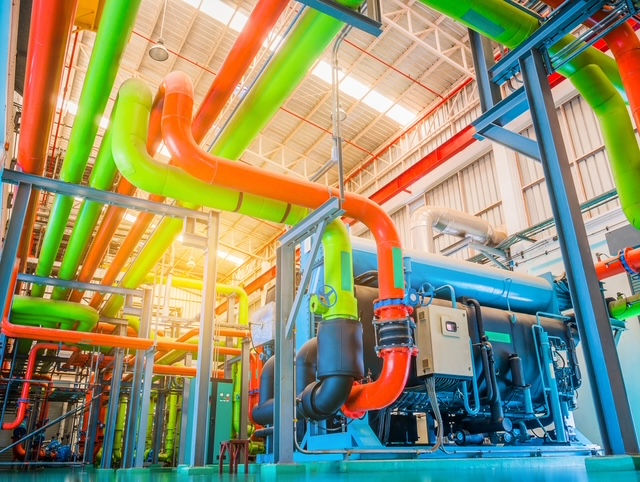Process Air System Diagnostics and PM
- MSC
- Aug 4, 2022
- 2 min read
Updated: Oct 19, 2022
MSC recently came to the aid of a large North Jersey manufacturing plant experiencing problems with airflow and distribution in a pneumatic conveying system used to transfer bulk granular materials through the facility. The system had been repeatedly shutting down on high-pressure alarms, low-flow alarms, and differential pressure alarms, and a dust collector system was working under an excessively high static pressure and was not performing properly.

Our diagnostic team set to work testing pressure, velocity, differential pressure, and CFM at various points throughout the system and found our data to be very different from the conveying system manufacturer’s original recommendations. We also discovered several areas where equipment was leaking, as well as very high differential pressure across dust collector filters.
MSC worked with plant maintenance staff to clear product from various areas in the piping and collection points. We determined that the product was heavier than expected so the CFM and capture velocity in the dust collector system needed to be increased. Also, all of the cartridge filters were found to be in need of replacement.
To make things a bit easier for the maintenance crew, MSC installed eight high-quality analog diaphragm pressure indicators and three 4-20 mA indicating pressure transmitters to help them quickly identify trouble spots. We performed preventive maintenance on the blowers, butterfly valves, and reverse pulse jet solenoid valves, replaced the cylinder pleated filters, and optimized the timing for the filter cleaning.
One of the reasons for the system problems was that the maintenance workers originally trained on the system had left the company and the replacement personnel hadn’t received proper training after their departure. With the diagnostic data we’d collected and assistance from the system’s manufacturer, MSC was able to provide the maintenance team with detailed training to enable them to properly maintain the system and troubleshoot problems in-house should they arise. We also reviewed and revised the critical parts list to ensure they had what they needed on hand should something fail, and advised purchasing several testing instruments including digital manometers and a hot wire anemometer to aid in performing diagnostics.




Comments